Amguid crater
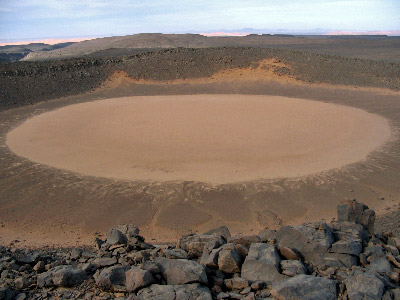
Very well pronounced impact crater, less than 100,000 years old. Diameter – 500 – 530 m, 65 m deep.
Lake Bosumtwi
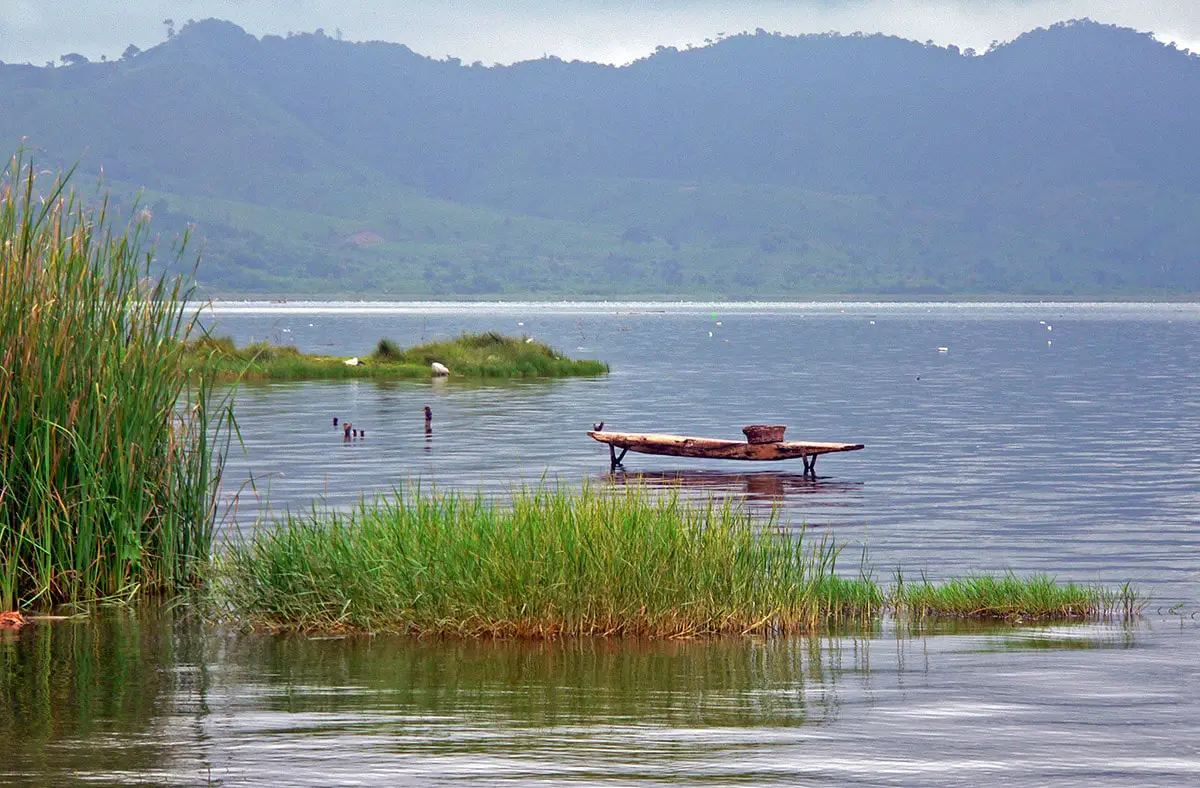
The most recent medium-sized impact crater, 10.5 km across, formed 1.07 million years ago. Filled with an 8 km wide lake – the largest natural lake in Ghana. Surrounded by dense rainforest.
Roter Kamm crater
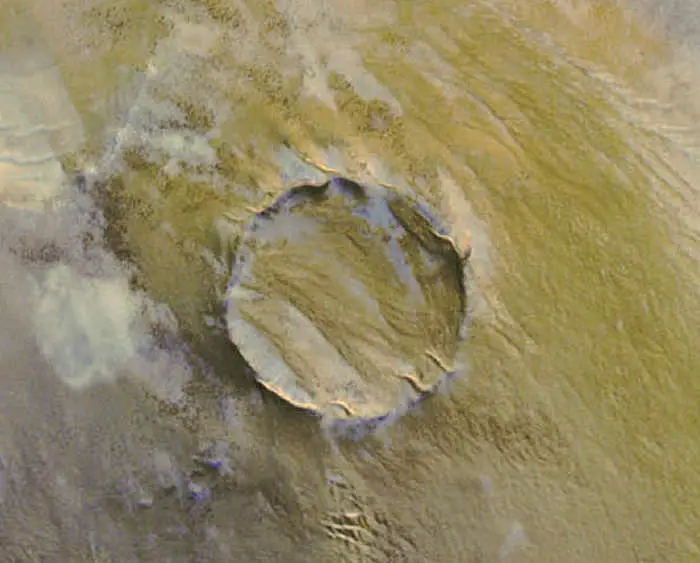
Approximately 4 – 5 million years old impact crater. The diameter of the crater is 2.5 km, depth – 130 m. It was deeper earlier – the bottom is covered with a 100 m thick layer of sand.
Wabar craters (al-Hadida meteors)
Unusual impact craters in the desert of Arabia. Legendary site, where iron meteorites of large size have been found. Well preserved craters show that the impact was very recent, most likely – the early 18th century.
Macha crater field
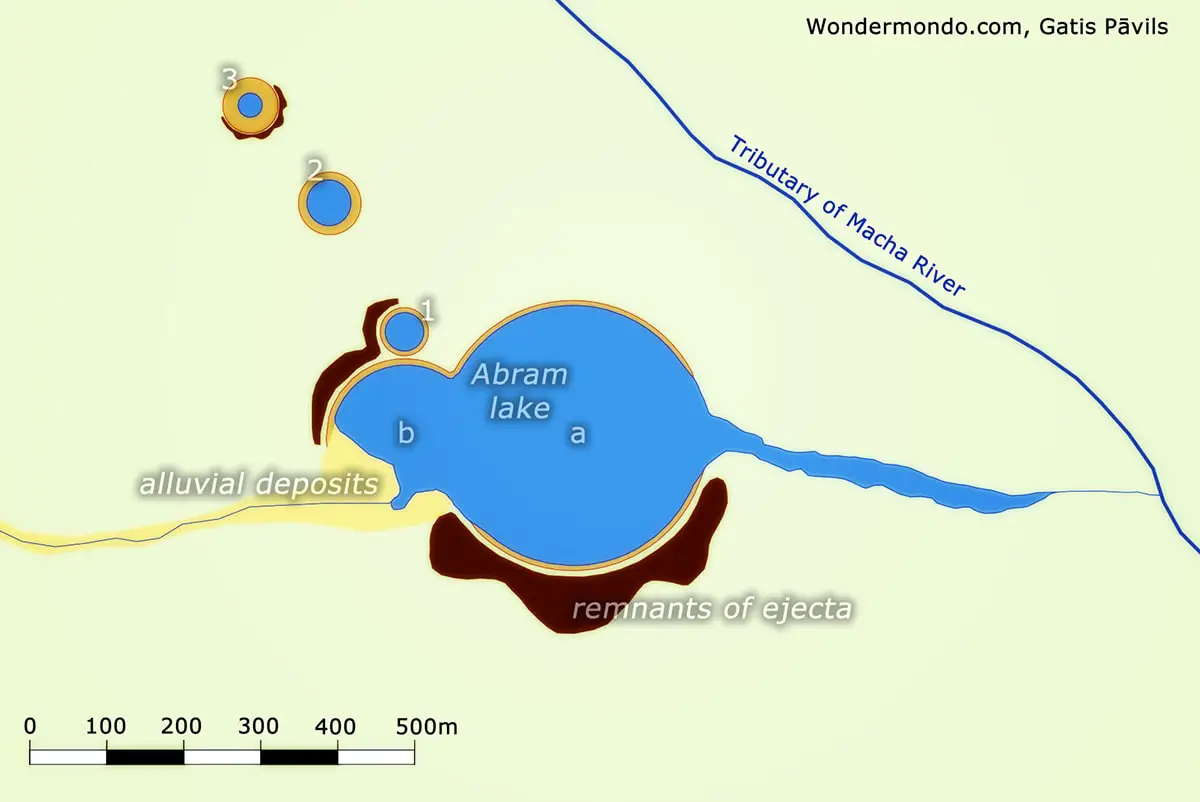
The impressive Macha crater field belongs to the best examples of recent bombardment with iron meteorites. These surprisingly fresh-looking craters were formed approximately 7,300 years ago.
Tabun Khara Obo
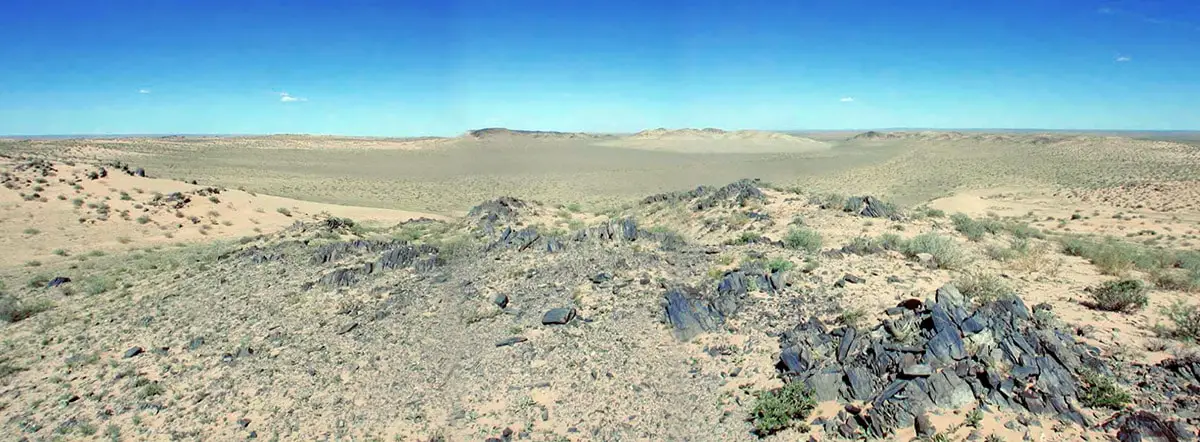
Impressive, very well preserved impact crater that has formed in Proterozoic rocks. Diameter – 1.3 km, visible depth – up to 30 km.
Wolfe Creek crater
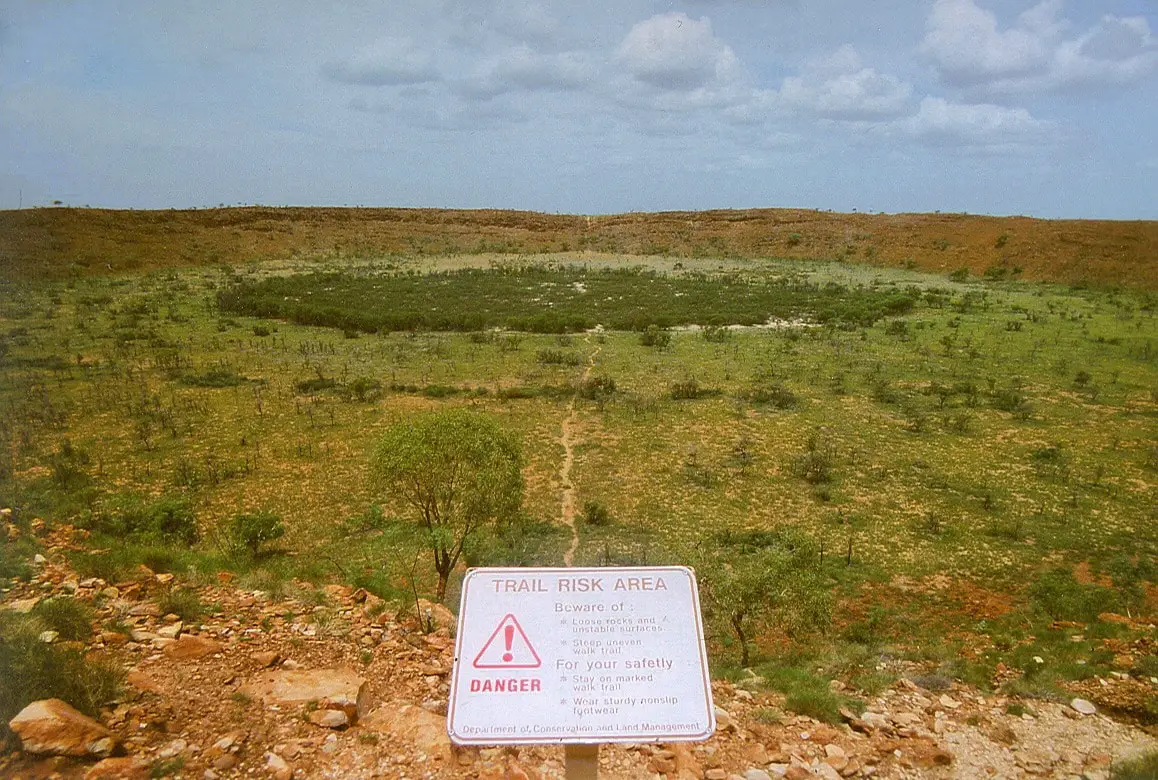
Western Australia. Visually expressive meteorite impact crater, 875 meters in diameter, 60 meters deep. Created some 300,000 years ago.
Veevers crater
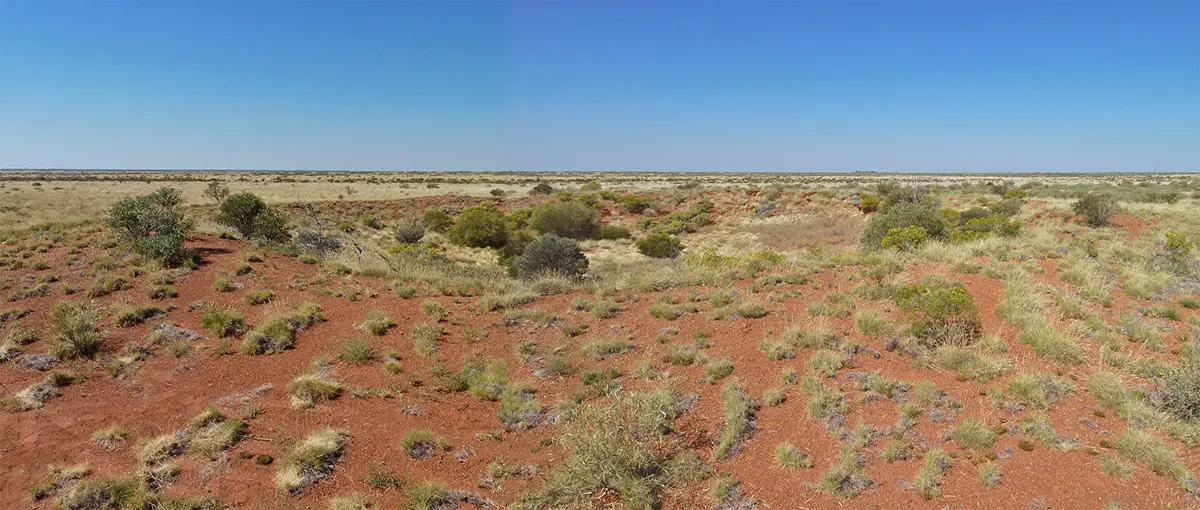
One of the best preserved small impact craters, formed some 4000 years ago. Diameter – 75 m, depth – 7 m.
Meteor crater (Barringer crater)
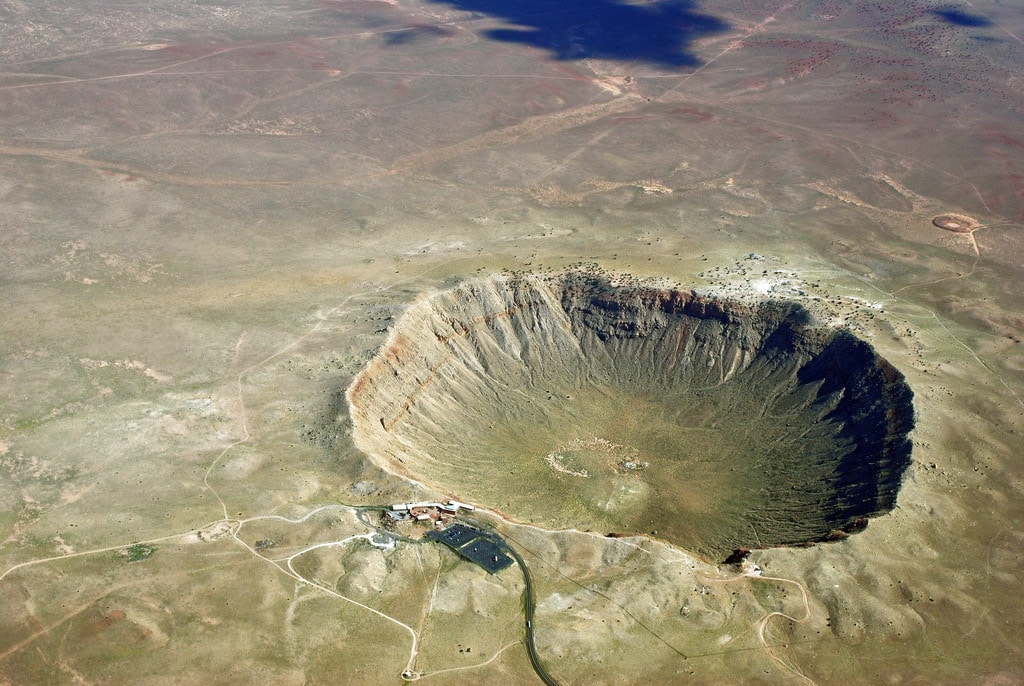
Visually the most impressive meteorite impact crater on Earth. The diameter of the crater is about 1,180 m, depth – 170 m. The outer side of the rim rises 45 m high above the surrounding plains. The bottom is covered with a 210 – 240 m thick layer of rubble. The impact took place some 49,000 years ago.
Pingualuit crater (Chubb crater)
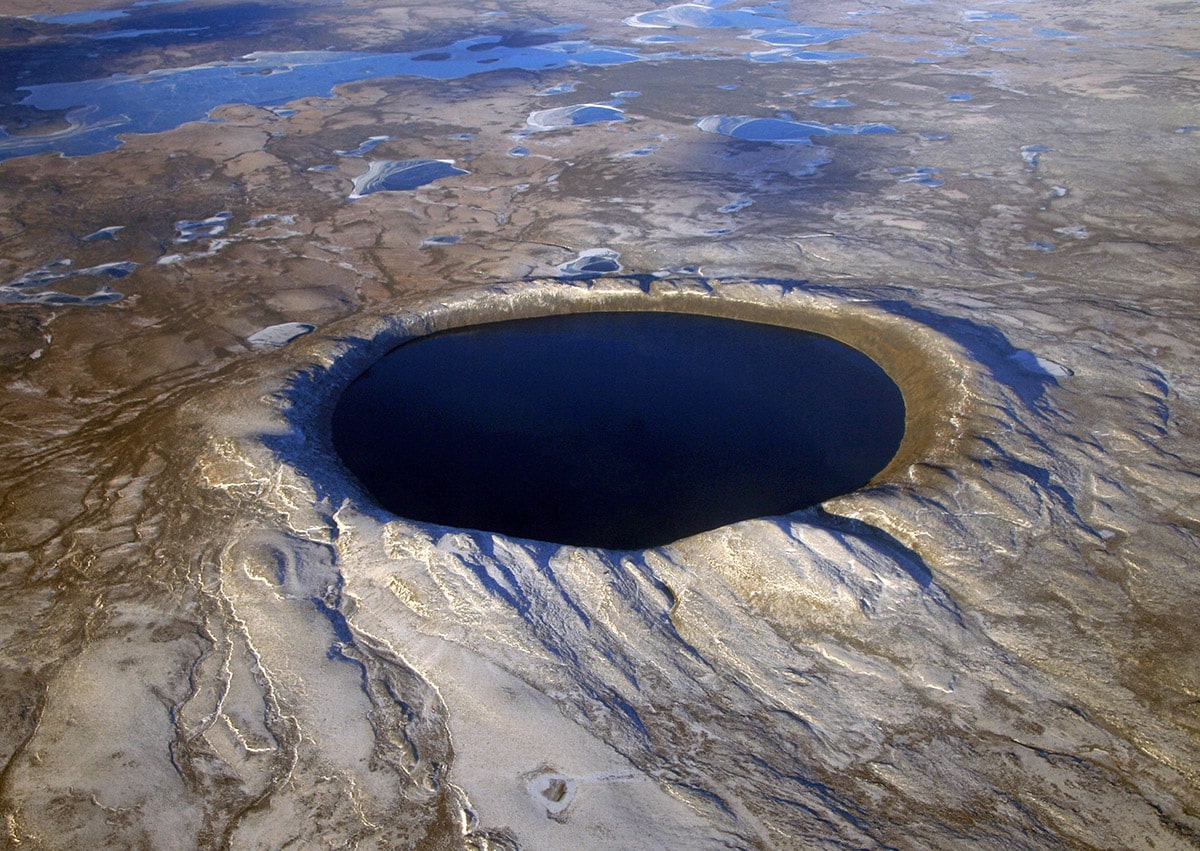
Well pronounced and well preserved impact crater, 3.44 km in diameter. Formed some 1.4 million years ago, in the Pleistocene. Rims of the crater rise 160 m above the tundra. The depth of the crater is 400 m, it is partly filled with 267 m deep Pingualuit lake. Lake water is one of the purest in the world.
